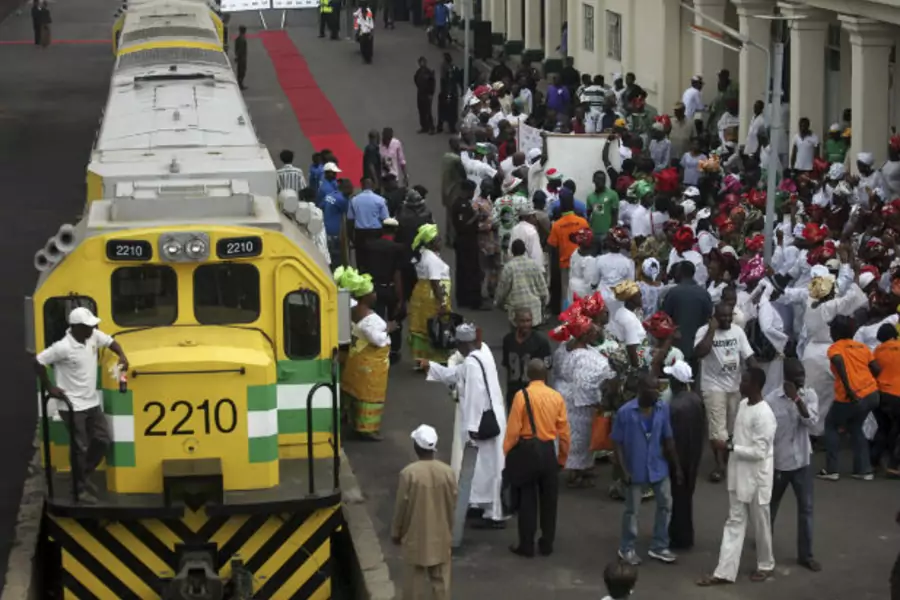More on:
The restoration of railway services between Lagos and Kano, Nigeria’s two largest cities, is a highly positive development. This is a hopeful step toward restoring Nigeria’s entire, once nation-wide, railway system.
The British colonial administration constructed the first railway line, between Lagos and Ibadan, in 1898-1902. The government of a newly independent Nigeria completed the system with the line between Kano and Maiduguri, which is now ground zero for the Islamist insurrection called Boko Haram. The railways played a crucial role in transporting not only passengers, but also Nigeria’s then important agricultural, coal, and mineral exports to world markets.
Like so much of Nigeria’s infrastructure, the railways suffered from under investment and corruption, and agricultural and mining exports declined during the era of the oil boom. Expansion of civil aviation provided a much faster alternative means of travel for the well-to-do. Modernization of the rail system was further delayed by debate over whether the narrow-gauge system should be replaced with standard gauge.
The current restoration of the Lagos to Kano line has been carried out by Chinese and other companies, retaining the narrow-gauge, which is cheaper to build and operate yet slower and less functional in capacity. The railways will make use of engines manufactured by General Electric, and the Nigerian Railway Corporation anticipates refurbishing six hundred coaches and two hundred wagons.
The restored passenger service is popular, according to media reports. The service is slow, thirty hours to cover the seven hundred miles between Lagos and Kano. Track conditions limit speeds to about twenty miles per hour. But, it is relatively inexpensive and safer than bus transportation. There are three classes of service: air-conditioned sleeping cars, air-conditioned first-class “seater” cars, and second class cars that lack air conditioning.
The restored railway is the type of infrastructure project that can help tie the country together in the face of ongoing challenges to national unity.
In 1988, I was part of a group that chartered the only air-conditioned sleeping car on Nigeria railways for the journey from Lagos to Minna, then the station closest to the new capital in Abuja. The journey to Minna took more than thirty hours and the train rarely achieved a speed of twenty miles per hour. The train did, however, provide an unparalleled view of the beautiful countryside and villages. Then, as now, the train was crowded with passengers excited to be taking a trip.
More on:
 Online Store
Online Store
